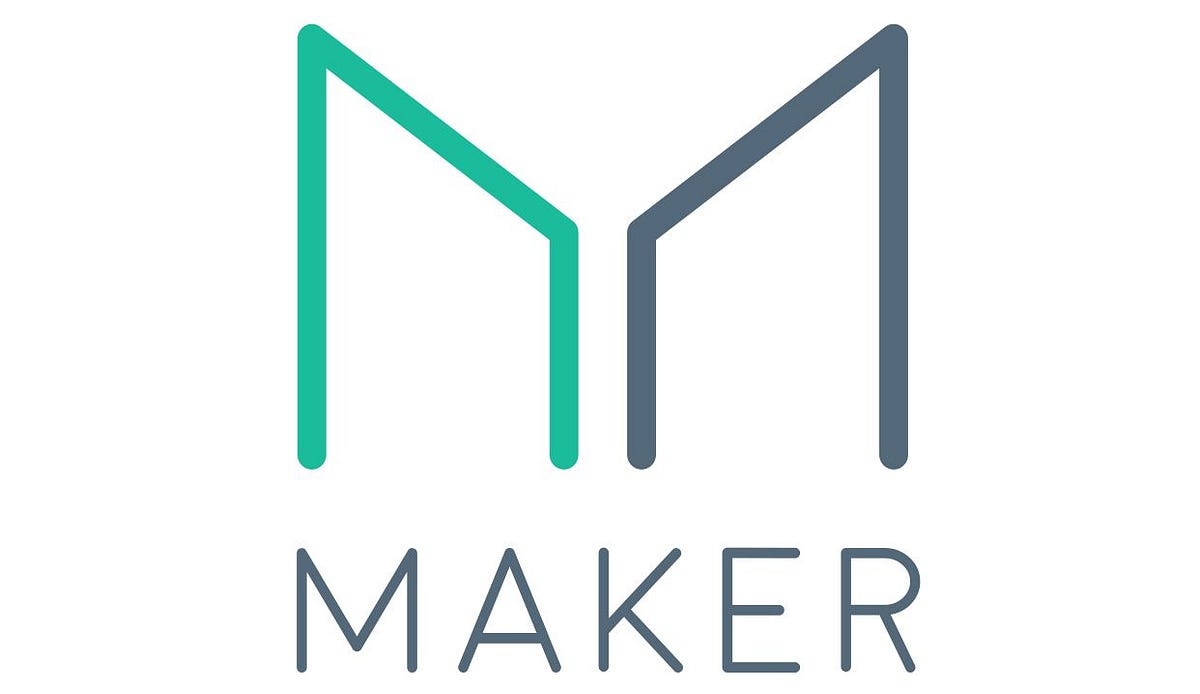The concept of money
For most people, none of this matters any more than understanding how the device you’re reading this on really works. But if you want to reinvent the financial system, it does matter.

Capital Thinking · Issue #867 · View online
Everyone thinks they understand money. People earn it, they count it, they save it, they spend it, they covet it, they talk about it, they don’t talk about it.
It makes the world go round; everyone understands it. Yet scratch away at the surface and what we all think of as something tangible dissolves into the abstract.
Reinventing the Financial System
Marc Rubenstein | Net Interest:
Economists traditionally thought that money was invented as a solution to a problem in the system of barter. They presumed that before money, people would simply swap goods and services. But barter presented a problem: the “coincidence of wants” – both sides wanting what the other has at the exact same time.
My wife, a school teacher, once bartered an hour of tuition for a haircut. Her hairdresser’s son needed some extra help with his schoolwork at the exact same time my wife needed a haircut. Turns out, that’s a pretty fortuitous finding.
In her case, skills perfectly aligned with preferences and time, and transaction costs were kept very low. Fortunately, there’s an alternative: money. Money scales a lot better than barter and is simpler to process.
Rather than having to price everything relative to everything else, services can be valued absolutely according to a distinct benchmark. Once money became widely accepted as a means of exchange, a system of credit could be layered on top.
The evolution from barter to money is a compelling one but it’s one David Graeber, in his book, Debt: The First 5,000 Years, regards as false. He calls it the founding myth of our system of economic relations.
Looking back through history, he notices that money and debt appear on the scene at exactly the same time. Rather than money having evolved as a means of exchange, he argues it evolved as a means of accounting – specifically, accounting for credit.
When my wife stepped out of the hairdresser’s, she emerged with a beautiful coiffure but also an obligation: she owed the hairdresser something. Keeping track of obligations is hard, hence money, which allows obligations to be precisely quantified.
In Graeber’s reading, credit doesn’t come last, it comes first as the fundamental unit of commerce. Units of currency are abstract measures of debt and a coin is simply an IOU. In this sense, the value of a unit of currency is not the measure of the value of an object, but the measure of one’s trust in other human beings. The link between credit and money lies at the heart of banking.
When people think about how banks work, they often entertain a model of banks taking in deposits on one side, and lending out those deposits on the other. Although a useful representation, it’s not strictly accurate.As with the origin of money, credit comes first.
Here’s how the Bank of England describes money creation (emphasis mine):
In the modern economy, most money takes the form of bank deposits.
The principal way these deposits are created is through commercial banks making loans. Whenever a bank makes a loan, it simultaneously creates a matching deposit in the borrower’s bank account, thereby creating new money.
For example, when a bank extends a mortgage to someone to buy a house, it does not typically do so by giving them thousands of pounds worth of banknotes. Instead, it credits their bank account with a bank deposit of the size of the mortgage.
At that moment, new money is created.
Although commercial banks create money through lending, they cannot do so freely without limit. Banks are limited in how much they can lend if they are to remain profitable in a competitive banking system. Prudential regulation also acts as a constraint on banks’ activities in order to maintain the resilience of the financial system.
And the households and companies who receive the money created by new lending may take actions that affect the stock of money – for instance, they could quickly ‘destroy’ money by using it to repay their existing debt.
I said it gets abstract!
For most people, none of this matters any more than understanding how the device you’re reading this on really works. But if you want to reinvent the financial system, it does matter.
And a lot of people do want to reinvent the financial system. Among them is Rune Christensen, the founder of Maker DAO, a new decentralised bank.
This week, we take a deep look into Maker DAO to see how you reinvent banking from the perspective of Christensen’s creation.

Photo credit: Andre Taissin on Unsplash
